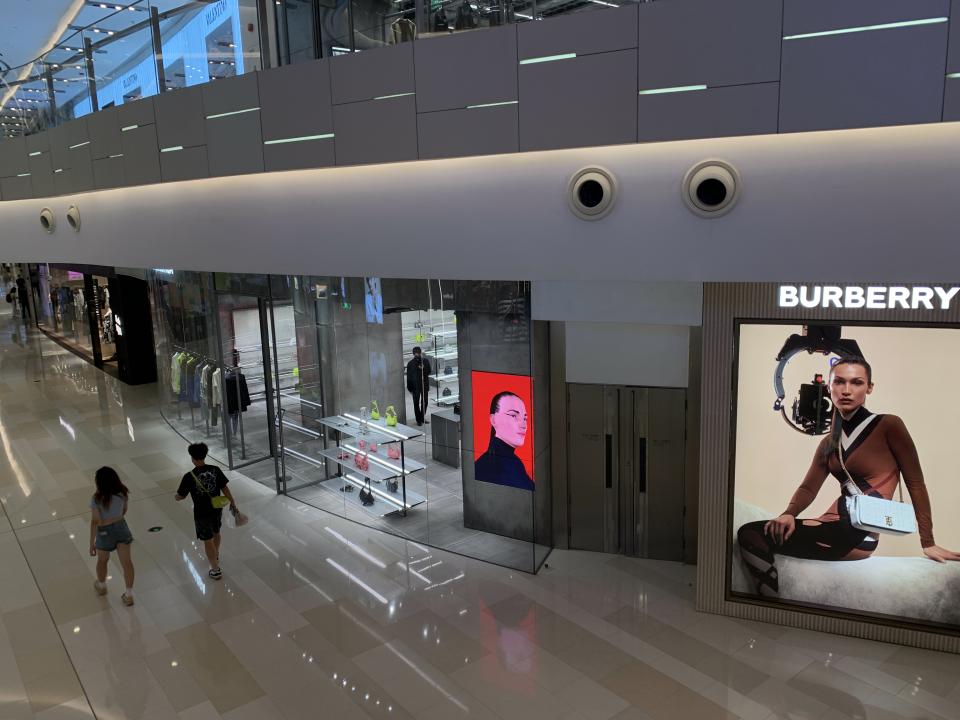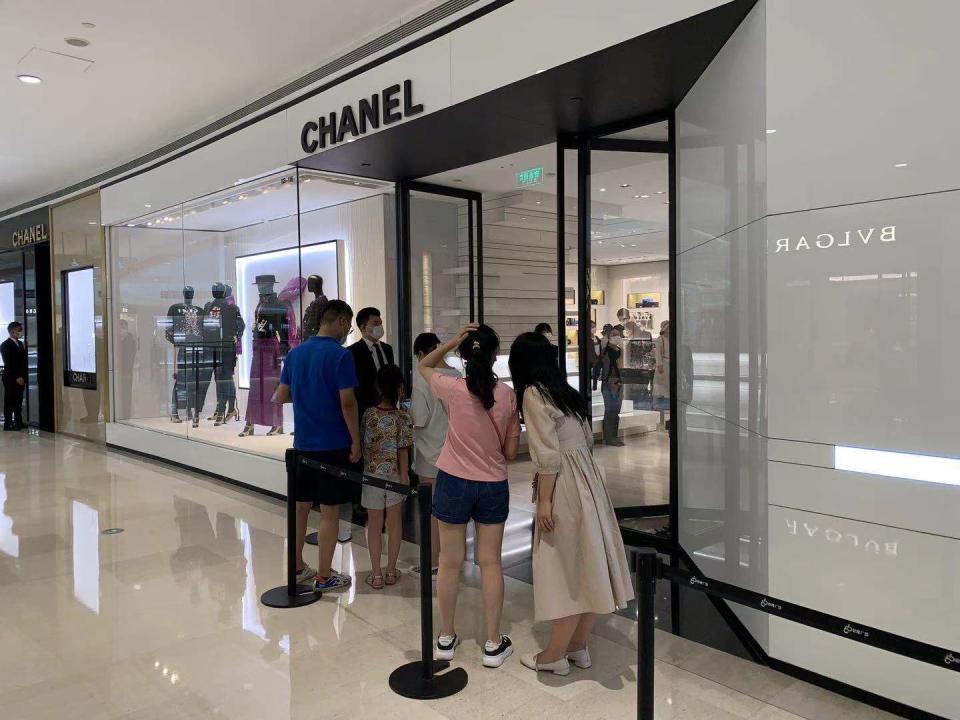Shanghai Consumption Plunged 18 Percent From January to May

Shanghai’s total consumer spending from January to May dropped more than 18 percent year-over-year to 604.754 billion renminbi, or $90.42 billion, according to the latest data released by the Shanghai Municipal Bureau of Statistics.
Apparel retail, which accounts for 24.2 percent of total spending — or what the bureau terms social consumption — fell 17.8 percent to 146.177 billion renminbi, or $21.86 billion, during the period when the city with 26 million residents entered a two-month lockdown to contain the spread of COVID-19.
More from WWD
As a key global trade hub with the largest container-handling port in the world, Shanghai’s foreign trade dropped more than 14 percent in May to 275.934 billion renminbi, or $41.26 billion, on a year-over-year basis.
The city’s industrial enterprises above the designated size of about $3 million completed a total industrial output value of 234.124 billion renminbi, or $35 billion, a decline of more than 27 percent from last year. The textile industry dropped 35.5 percent in May to about 1.068 billion renminbi, or $159.68 million, in the same period.
“With lockdown measures relaxed, if COVID-19 doesn’t recur, third-quarter figures will recover gradually,” said Dan Wang, chief economist at Hang Seng Bank China.
“Since Beijing has not fully abandoned its annual growth target, macroeconomic policies are expected to be exceptionally strong in the second half, including monetary easing,” Wang added.
The world’s second-largest economy has set a growth target of 5.5 percent for 2020.

Denni Hu/WWD
As for the fashion sector’s rebound, Wang thinks consumption will likely recover by the end of the year, but it “depends on the confidence of the young and the rich.”
“In the second half of the year, although the economic recovery will accelerate, the labor market will stay weak. Rising layoffs, slower income growth, and mounting employment pressure of young people will limit luxury spending,” Wang said.
According to data released by the National Bureau of Statistics, the unemployment rate among 16- to 24-year-olds reached 18.4 percent, the highest since 2018 and three times that of the overall urban unemployment rate.
Even though Shanghai residents flocked to luxury brands such as Hermès, Louis Vuitton and Chanel after shopping malls reopened, rent hikes, inflation and mass layoffs cast a shadow over consumer confidence. According to local media outlets, rents in the city rose 10 percent after the lockdown eased.
Yet popular fashion retailers or multibrand boutiques, such as Acne Studios, Dries Van Noten and I.T., refrained from offering heavier discounts over fears of hurting their brand equity. Current discount rates are in line with seasonal markdowns of around 40 percent off.
According to Kenny Chan, chief executive officer of I.T. China, the aim to “continue to tap into the mainland China market” hasn’t changed.

Denni Hu/WWD
Still, the retailer recently switched up its retail strategy in Shanghai by shutting down “inefficient shops,” including some stores at Réel Mall, an Off-White store at IFC Mall, while launching about the same amount of new shops in the city.
According to a recent report released by Bain and Kantar titled “China Shopper Report Vol I,” brands should use the year 2022 to prepare for a strong rebound in 2023.
“Looking further into 2023, there is the reason for optimism with the long-term fundamentals in place for a return to healthy growth. Inflation remains relatively lower in China compared with Western markets, and the energy crisis is under control,” according to the report.
As for Shanghai, the city will resume dine-in from Wednesday in low-risk areas and areas with no community-level spread of COVID-19. Retail insiders are hopeful that mall traffic will recover as food and beverage return.
RELATED:
China’s Retail Sales Contract, but Demand for Luxury Is Back
Shanghai Enters COVID-19 Lockdown, More Luxury Retailers Impacted
Major Chinese Cities in Lockdowns, Sparking Fear of Luxury Slowdown
Lunar New Year Spending Dipped as COVID-19 Concerns Loom in China
Sign up for WWD's Newsletter. For the latest news, follow us on Twitter, Facebook, and Instagram.


